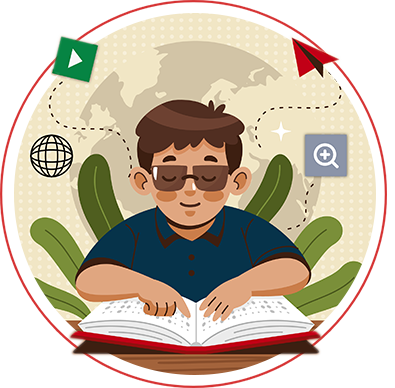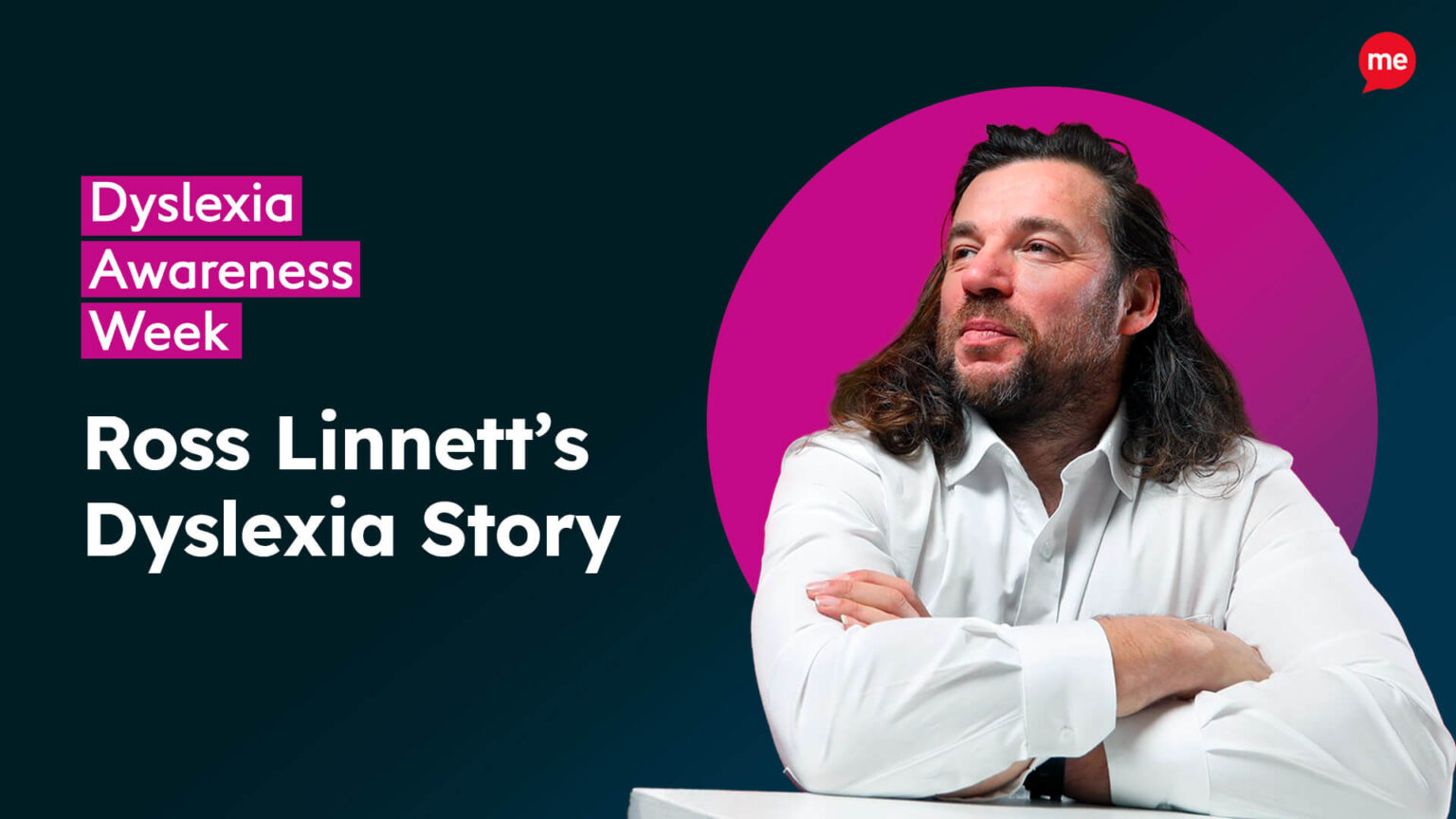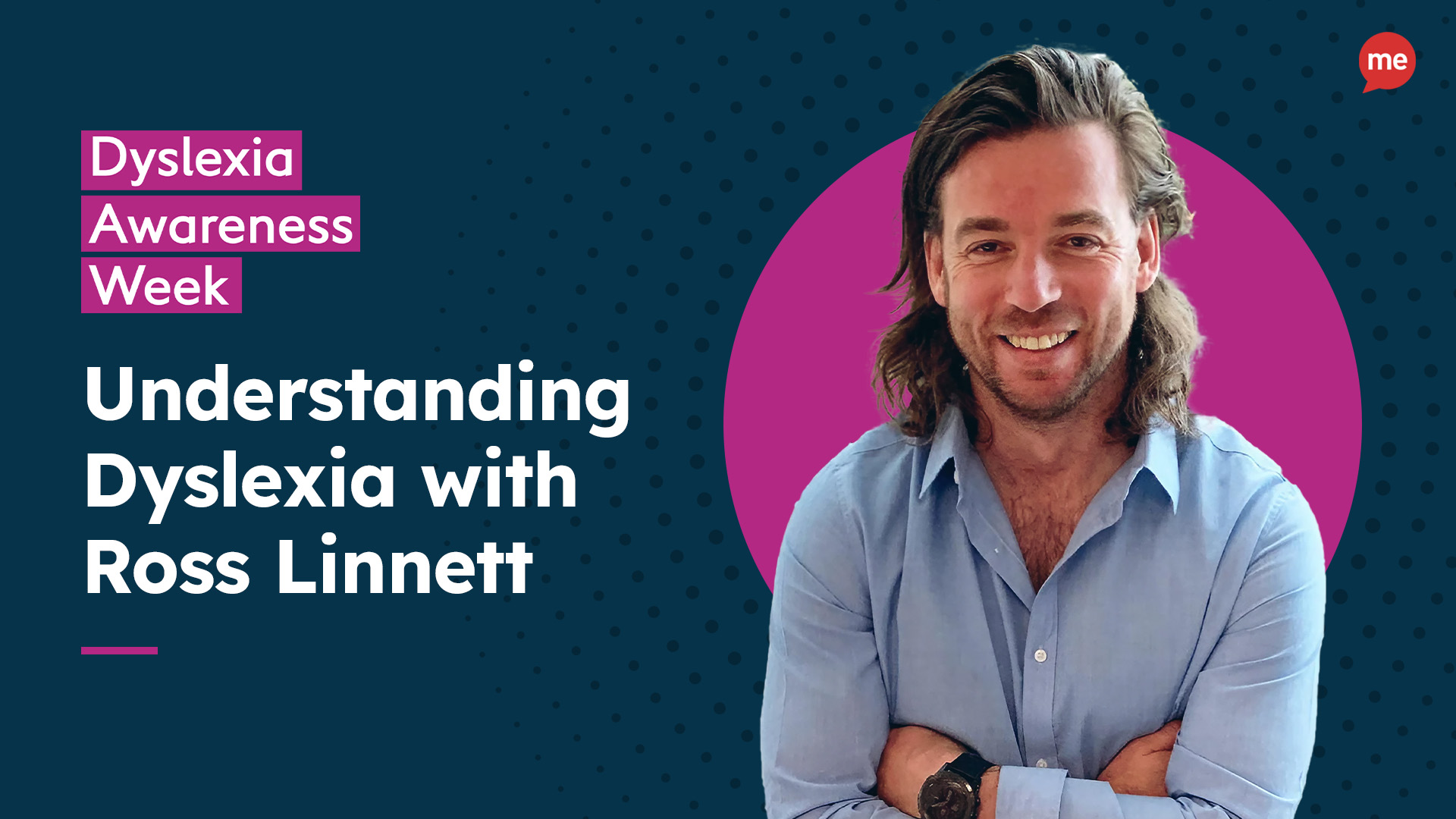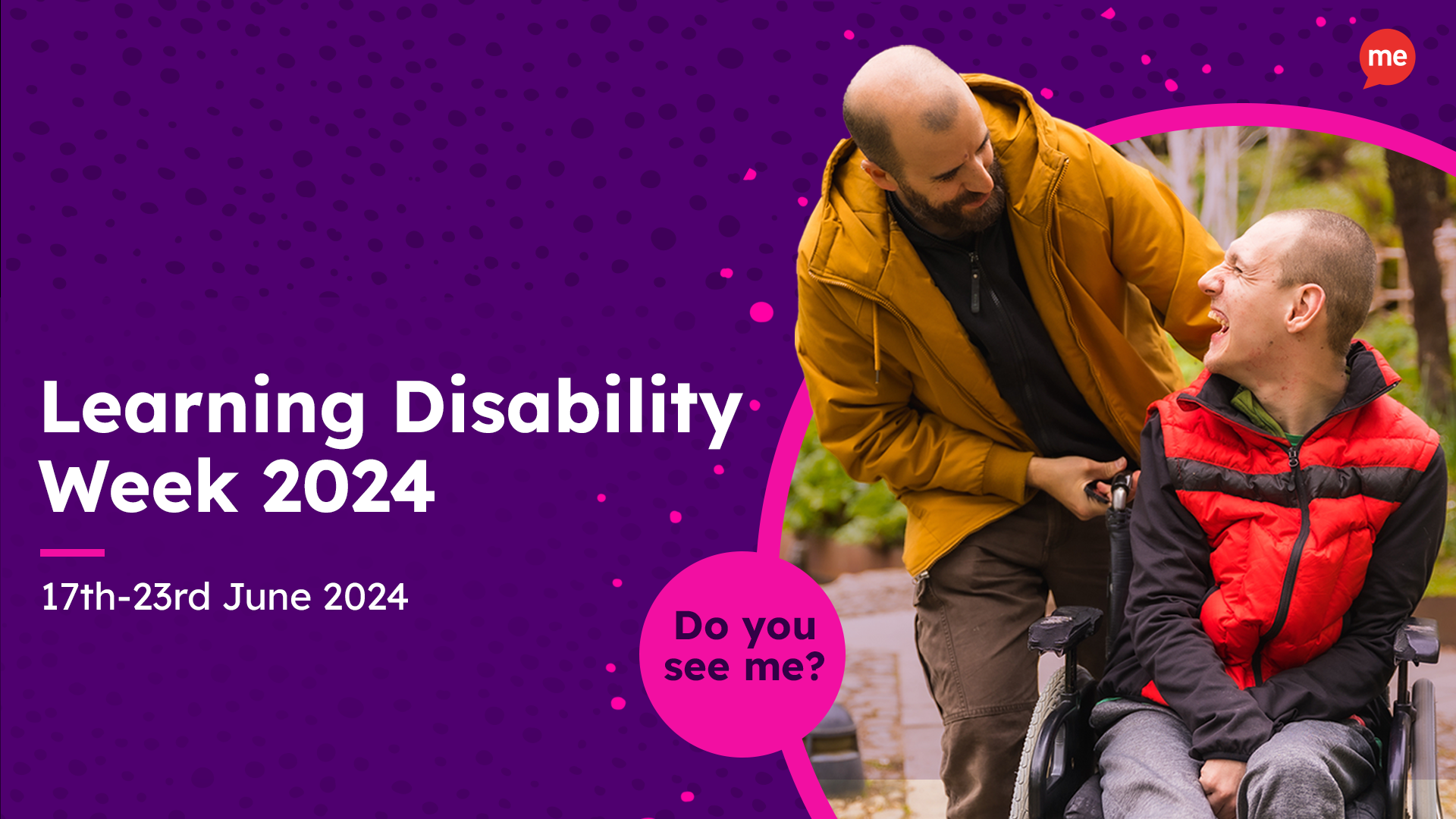Get Your Free Accessibility & Inclusion Toolkit
Download NowAccording to a W.H.O. report, at least 2.2 billion people have a near or distance vision impairment. This represents a huge proportion of the global population. Which means its never been more important to ensure you’re leveraging assistive technology for the blind and visually impaired. In this post, we’ll explore some of the most common assistive technologies for low vision and how they can be beneficial.
What is Assistive Technology?
Assistive Technology can be defined as any product or system that supports disabled users to perform functions they may otherwise find difficult. The technology covers and aids a variety of different disabilities, including visual impairments, hearing impairments, physical, cognitive and learning disabilities.
However, as an indirect benefit, the technology has improved the user experience of many non-disabled users, by its accessibility features providing new and improved ways to operate and understand information. Elderly people benefit from assistive technology, along with many other non-disabled groups. But, you can learn more about assistive technology and who needs it here.
How can it benefit people with Visual Impairments?
Blind and visually impaired users can gain a huge amount of benefit from assistive technologies. It allows them to be on a level playing field with users not affected by low vision impairment. Enabling full access to content for various different purposes including, employment, education, social and entertainment. These technologies help create a more inclusive and equitable environment for everyone involved. Some of the most significant benefits of assistive technology for the visually impaired people, include:
- Access to Information
- Increased Independence
- Enhanced Communication
- Educational & Employment Opportunities
- Social & Communication Inclusion
Examples of Assistive Technology for Visually Impaired
There are dozens of other assistive technology solutions and technologies that individuals with low vision can make use of on a daily basis. However, some of the most popular examples of assistive technologies for the visually impaired include:
Speech-to-text Software
High-tech assistive technologies such as Speech-to-text are used as a voice recognition and dictation software for the visually impaired. It works by converting spoken language to written text. This makes it significantly easier for users who experience low vision to communicate and access information online.
The use of emails, electronic text, messenger apps and other communication mediums is made easier through assistive technologies, as users are able to use verbal language to communicate in a text-based forum. Additionally, voice recognition software makes online search easy, users can verbalise questions and queries into search engines in order to find relevant information. Making this a perfect example of how assistive technology benefits ADHD, as the process generally requires less concentration, making it great for this condition too.
Screen Reader Technology
Reading assistance software’s such as accessible Screen Readers provide a vital role for users with visual impairments. The technology works by converting written text on the computer screen to an auditory version, by reading the text out to the user. However, screen readers are able to read and provide context to more than just the paragraph or body text of web pages. They can also detect objects and read out website navigational elements, forms, hyperlinks and image alt text.
Furthermore, the technology pairs conveniently with adaptive vision software and other types of assistive technology. For example, screen readers can be used to read out texts, emails or other forms of communication, then speech-to-text software can be used to formulate a reply. This provides a seamless approach to communication for blind and visually impaired website visitors.
You can read more about the importance of assistive technologies for reading here.
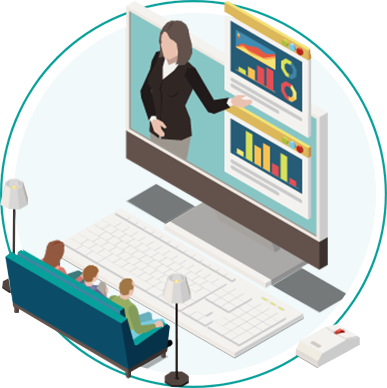
Zoom Functionality
Websites and assistive technologies that offer zoom functionality are very important for people with low vision and visual impairments. This functionality allows users to customise web content to their needs, zooming in and out of specific areas to make the information more accessible and readable. This also gives them access to finer details, whether this be intricate graphics, charts or diagrams, which might be too small to perceive without zoom features.
Additionally, the use of such assistive technology can help to reduce eye strain for low vision users, as users are able to zoom in and increase the legibility of text. Zooming in to content makes it easier for users with low vision to read sections of content.
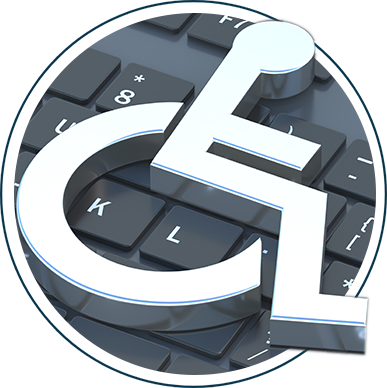
Keyboard Navigation
Keyboard Accessibility is critical for users with disabilities that limit their ability to use a mouse efficiently. Being able to navigate through all elements of a website using only the keyboard provides essential functionality for users with low vision. As it allows them to interact with all areas of the screen on a website, without the need for a mouse.
Keyboard navigation works in harmony with Screen Reader technology too. As keyboard navigation allows users to focus on specific elements of a website, allowing screen readers to pick up the information and serve it in audio format.
Furthermore, easy to use navigation on keyboards is important for a wide array of users, not just those who experience visual impairments. The precise and efficient nature of keyboard navigation makes it an excellent choice for those who experience motor or mobility problems.
Braille
Braille is a tactile writing and reading system used by individuals who are blind or visually impaired. It is based on a series of raised dots arranged in a grid that form a braille keyboard. These raised dots represent letters, numbers, punctuation marks, and various symbols, allowing blind individuals and partially sighted people to read and write by feeling the patterns with their fingertips.
In essence, Braille displays are a vital tool that bridges the gap between the everyday lives of the visually impaired and the sighted world. It promotes equal access to education, information, and opportunities, enabling individuals with visual impairments to lead independent lives and actively participate in all aspects of society.
Our 40-page Digital Accessibility & Inclusion Toolkit helps businesses break down online barriers and make a real impact. It offers practical advice on all aspects of digital accessibility, from writing an accessibility statement to accessible website tips and inclusive hiring.
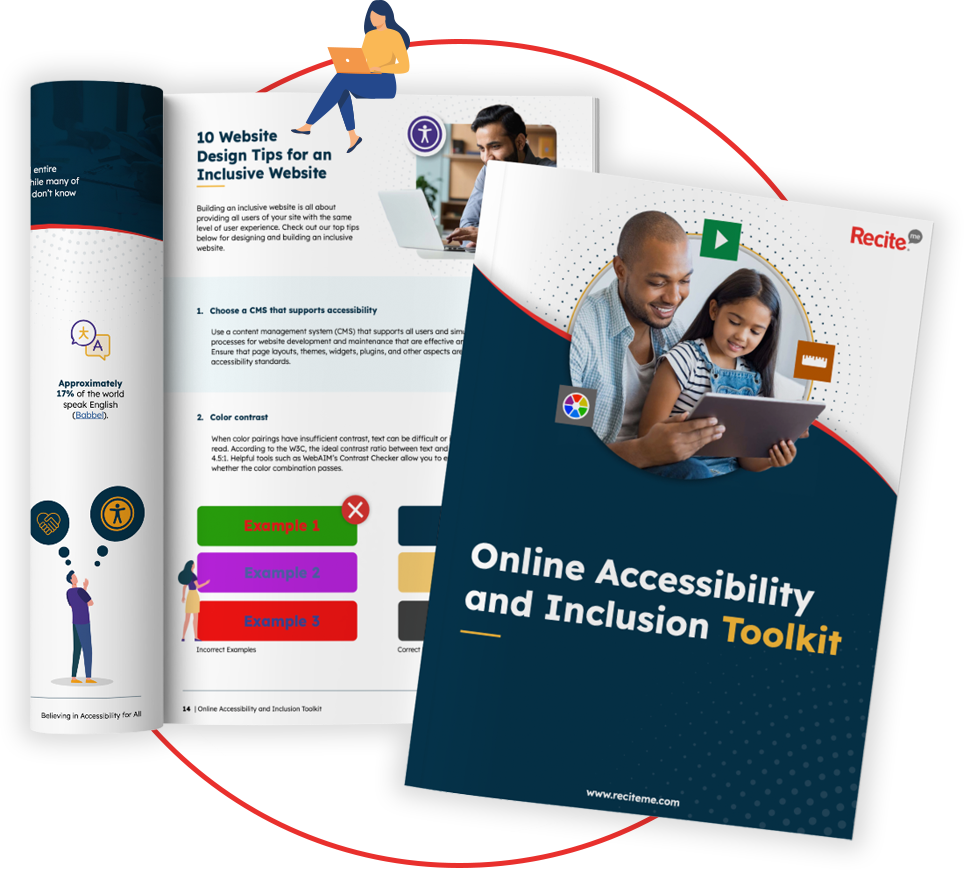

The Importance of Accessibility for the Blind and Low Vision Users
Accessibility for the blind and visually impaired is a crucial facet of creating an inclusive and equitable society. By ensuring that digital and physical environments are designed with their needs in mind, we open doors to education, employment, communication, and independence that might otherwise remain closed.
Visual impairment should not be a barrier to accessing information or participating in daily activities. With the right accommodations, individuals who are blind or visually impaired can engage with technology, written content, daily tasks, and communications just as effectively as anyone else. Accessibility measures, such as screen readers, braille displays, and other assistive technologies, bridge the gap between the visual world and those who cannot perceive it conventionally.
